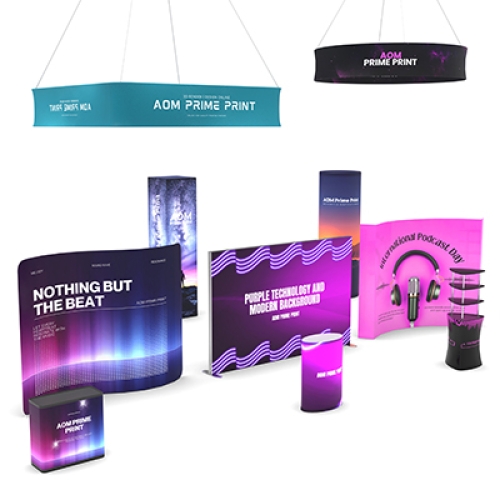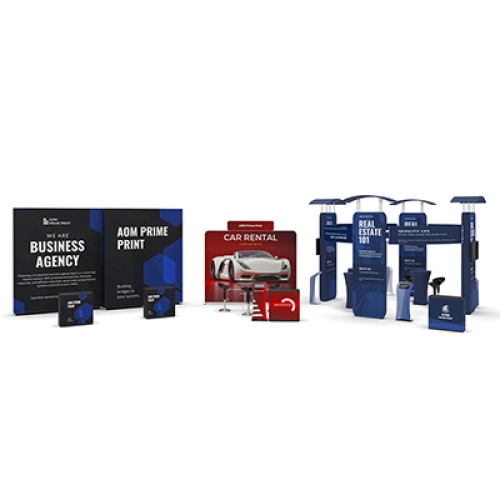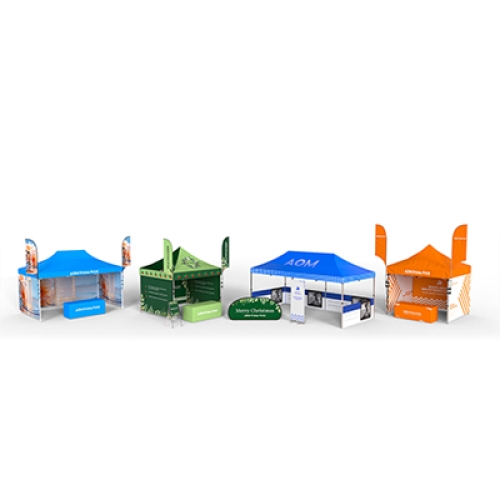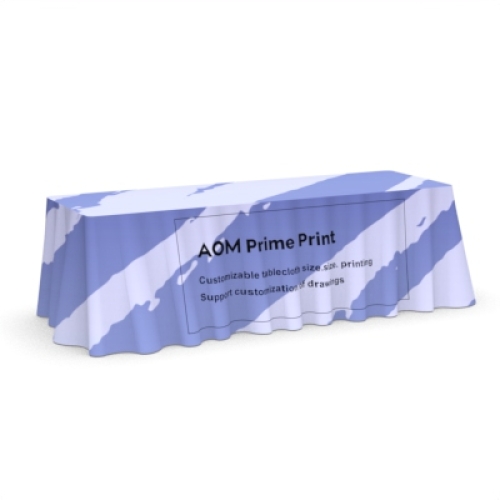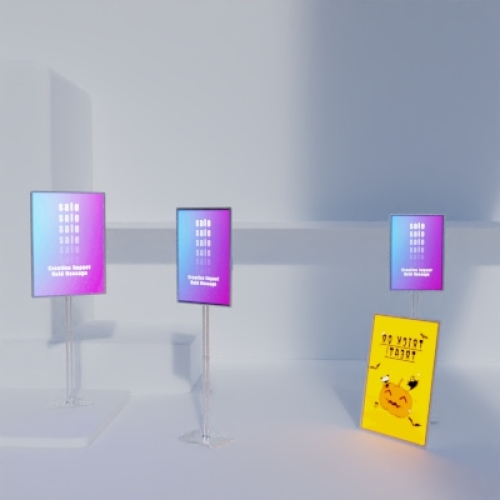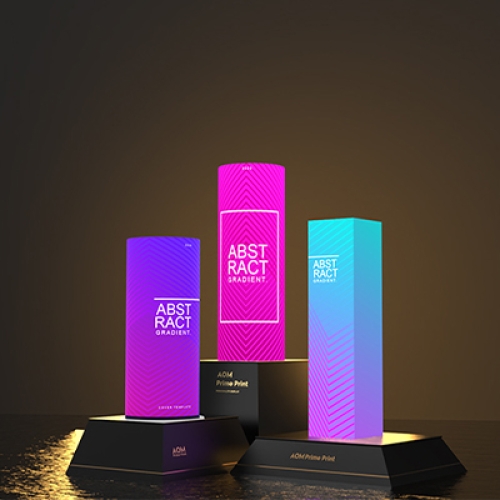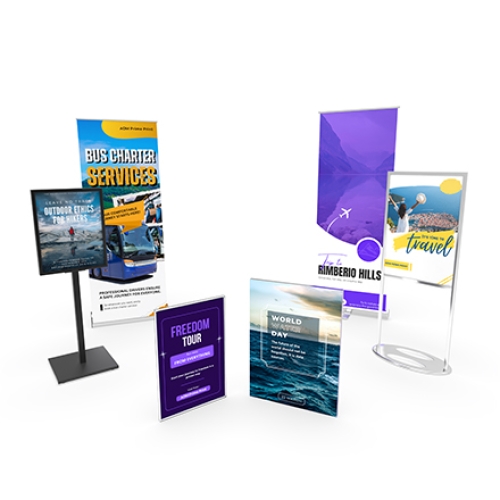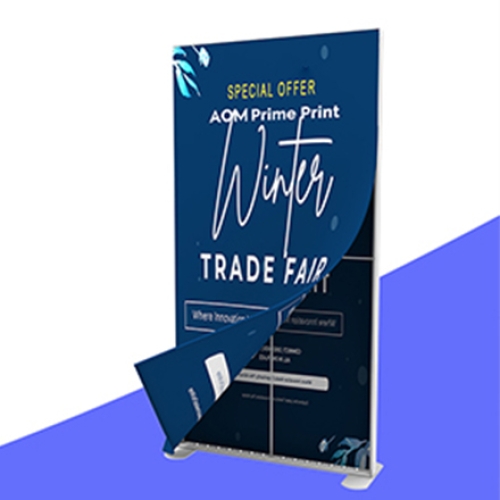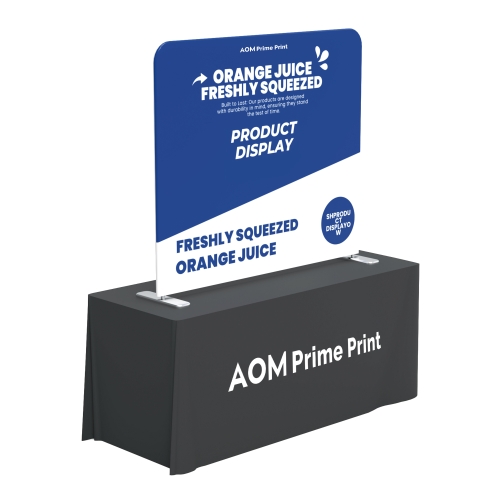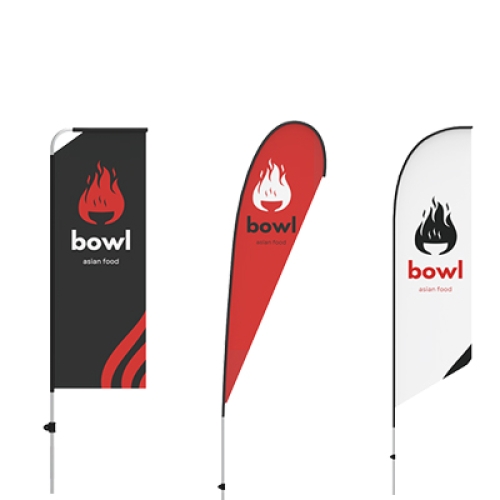Beyond the Buzz: How to Measure the Success of Your Trade Show Booth
February 27th 2025
The event is over, the lights are dimmed, and the crowd has dispersed. But your work isn’t finished just yet. Measuring the success of your trade show booth is crucial for refining your strategy and ensuring greater success at future events. In this post, we’ll explore how to evaluate your booth’s performance and use those insights to improve your next trade show experience.
Quantitative Metrics: The Numbers Behind the Story
During the event, collecting and analyzing data helps you understand how well your booth performed from a numbers perspective. Here are some key metrics to keep in mind:
1. Foot Traffic & Booth Visits
First, track how many people visited your booth. This can be done through manual counting, badge scanning, or even heat-mapping technology. High foot traffic typically indicates that your booth was visually appealing and in a good location.
However, it’s important to note that high traffic doesn’t automatically translate to success. You need to dig deeper to understand the quality of these visitors—whether they are potential customers or just passersby.
2. Lead Generation
Another crucial metric is the number of leads you captured at your booth. Whether it’s through business cards, contact details, or direct inquiries, focus on the quality of leads rather than just the quantity. Qualified leads—those showing genuine interest and potential for conversion—are a sign that your booth effectively engaged attendees.
By focusing on lead quality, you can better assess whether the booth contributed to your sales pipeline and helped generate meaningful business opportunities.
3. Social Media Engagement
In today’s digital world, social media engagement is a powerful indicator of your booth’s impact. Track mentions, shares, and comments across platforms like Twitter, LinkedIn, and Instagram to understand your booth’s online reach. This will help you gauge the lasting effect of your booth on digital audiences and whether the buzz continued after the event.
4. Sales & ROI
Direct sales and orders generated during the event should also be considered when measuring success. Calculating your return on investment (ROI) is essential for understanding whether the event was financially worthwhile. Compare the revenue generated at the event with the total cost of participating, including booth design, logistics, and other expenses.
Qualitative Insights: Beyond the Numbers
While quantitative data provides a clear picture of your booth’s performance, qualitative feedback offers deeper insights into what worked and what didn’t. Here are a few ways to gather valuable qualitative data:
1. Visitor Surveys
Post-event surveys or interviews with attendees can provide feedback on their experience at your booth. Find out what aspects they liked, what caught their attention, and what could be improved. This helps you gain a better understanding of visitor perceptions and areas for future enhancement.
2. Staff Debrief
Your booth staff is on the front lines, directly interacting with visitors. Collecting feedback from your team is essential to understanding what went well, what challenges they faced, and how they perceive the booth’s overall success. Their insights can guide future planning and training.
3. Competitor Analysis
Observing competitor booths is a great way to gain industry insights. Analyze their booth designs, engagement strategies, and messaging. Understanding what worked well for them and where they fell short can help you identify trends, potential gaps, and opportunities for improvement in your own booth.
Turning Insights into Action: Improving Future Booth Designs
Once you’ve collected both quantitative and qualitative data, it’s time to analyze the findings and apply them to future trade show strategies. Here’s how you can turn those insights into actionable improvements:
1. Analyze the Data: Identify Trends & Opportunities
Look at the data from both your booth and your competitors to identify trends, strengths, and areas for improvement. Did visitors engage with certain products more than others? Were certain design elements more effective in attracting attention? These insights will help inform your next booth design and strategy.
2. Review Your Booth Design
The layout, visuals, lighting, and overall aesthetics of your booth all play a role in attracting visitors. Assess how well these elements worked together to create a welcoming, engaging experience. Did the booth’s design capture the essence of your brand? Were there any areas that could be optimized to improve flow or engagement?
For instance, if you noticed that a certain area of your booth had less foot traffic, it could be a sign that it wasn’t visually appealing or the interactive experience wasn’t engaging enough.
3. Refine Your Brand Messaging
A trade show booth isn’t just about looking good—it’s also about communicating your brand message clearly. Evaluate whether your messaging was effective and resonated with your target audience. If needed, refine your messaging to ensure it aligns with your brand values and speaks directly to potential customers.
4. Set Goals for Future Events
Use the insights you’ve gathered to set specific, measurable goals for future trade shows. Whether it’s increasing the number of qualified leads, improving brand awareness, or generating more sales, having clear goals will help you fine-tune your approach and measure success more effectively.
AOM Displays: Your Partner in Trade Show Success
At AOM Displays, we’re committed to helping you make a lasting impression at trade shows. We specialize in custom booth design, construction, and logistics, ensuring that your brand stands out and attracts the right audience. Whether it’s your first trade show or your 50th, we can help you design, build, and install a booth that supports your goals.
Ready to elevate your next trade show experience? Contact AOM Displays today, and let’s create a booth that drives success!

